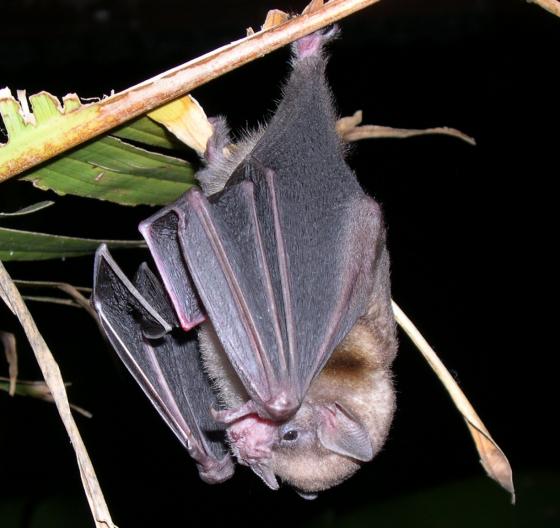Neotropical Bat Risk Assessment Project
|
Study Areas: Select parts of the U.S., The Caribbean Islands, Central America, South America
Principal Investigator: Bruce Miller Bats provide critical ecosystem services, and without them tropical vegetation will seriously suffer. With tropical forests acting as the lungs of the planet and helping moderate global climate change, we cannot afford the loss of Neotropical bat species. Risk assessments are underway to determine which bat species are facing the highest risks and require urgent projective measures. Before the conservation community can recommend such actions to government and other decision makers, we must first determine where the bat species are found, and identify critical bat habitat.
Volunteers would learn how to activate and manage one or more ultra sonic recording stations. This entails transfer of recorded data, managing the battery power (charging and swapping expended batteries) and transfer of the digital data recorded on the data cards.
Recording the calls of bats each night is a non-invasive survey method that pays huge dividends by adding data to areas not previously surveyed. The data will be added to a master database. This includes parameters from the call structure of the vocal signatures and locations are added to updated species distribution maps. All of this is used for a landscape level risk assessment of the bats of the Caribbean, Central and South America. Additional information from North America, particularly remote wilderness areas, will also contribute the those species distributions. Ultimately this will result in the conservation or bats and their habitat.
To get involved with the Neotropical Bat Risk Assessment Project, fill our our Find an Advisor Form.
Check our our Other Projects. |

